Wild camping in the Brecon Beacons, a rugged, ancient mountain range in South Wales, is a perfect getaway for those looking to unwind. Besides featuring some of the best natural scenery in the UK, this rural place is also home to many stately homes, gardens, castles, churches, and old industrial mines.
As such, it is one of UK’s best wild camping destinations. In this post, I’ll tell you everything about Brecon’s finest tent-pitching spots, including how to reach them and what to expect.
Is Wild Camping In Brecon Beacons Legal?

You can wild camp in Wales, including the Brecon Beacons, provided you get the permission from the owner of the land, and it can be tricky to determine who owns what. But, you don’t need to bother with any of this. Nobody will give you a hard time for not having official permission to pitch a tent here as long as you don’t cause a disturbance. But if you are asked to leave the property, which is very unlikely, you must oblige, or you can get in trouble for trespassing.
When wild camp in the Brecon Beacons, follow these guidelines:
- Make sure your camping spot doesn’t interfere with hikers.
- Use a tent that pitches quickly and blends in with the landscape.
- Staying in one place for more than a day is not recommended. When the sun rises, get moving.
- Don’t harm wildlife or cause ground/water pollution. Don’t litter the camping area; leave it as you found it.
- Never make a campfire – you don’t want it to spread. You should stay at an official campsite if you want to enjoy one.
- Stay out of farms, settlements, or cultivated land. Only go onto private land with permission from the landowner.
- It is best to avoid setting up your tent before sunset when wild camping. This is the best way to ensure you are not bothering anyone.
- To prevent contamination of water sources, answer the “call of nature” at least 30 meters away from lakes, rivers, and other water bodies. You should never leave waste out in the open, but bury it with a trowel.
Map of Brecon Beacons Wild Camping Areas
You can easily find the locations of the best dispersed wild campsites in the national park using this map.
The Best Brecon Beacons Wild Camping Spots
Mynydd Llangynidr
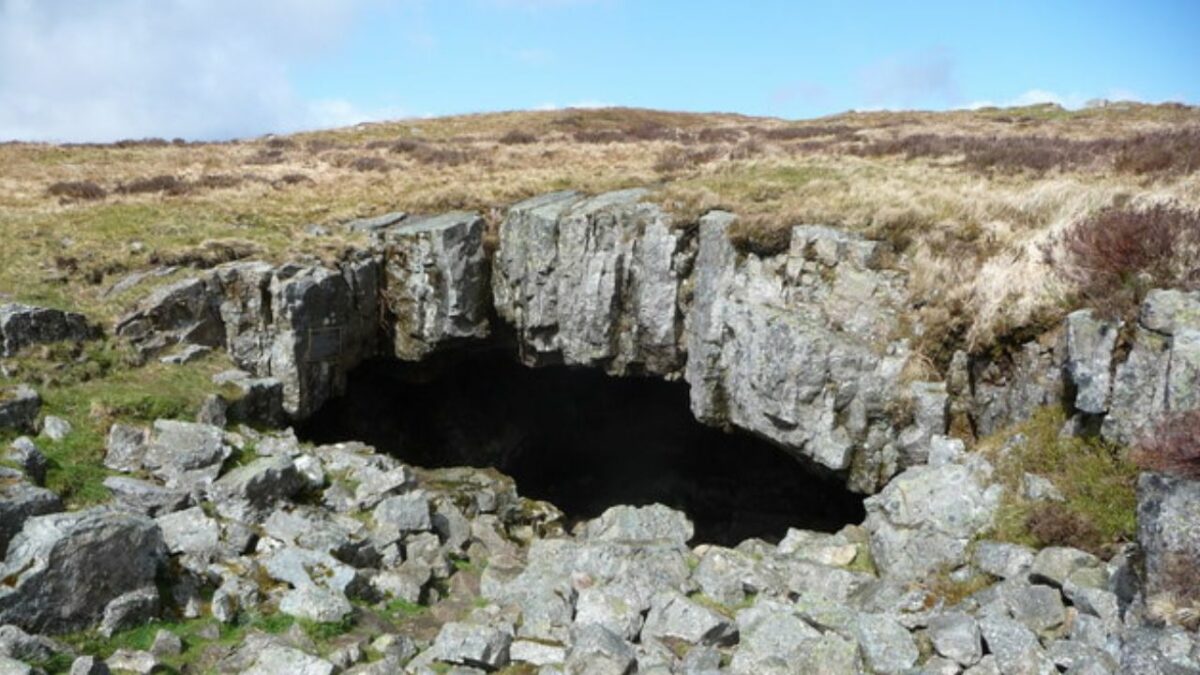
With its spectacular view toward Pen Y Fan, a magnificent secluded cave to seek out, and wild moorland, Mynydd Llangynidr is a stunning place to explore in the national park. Many consider it the finest location in the Brecon Beacons to catch the sunrise or sunset.
The easiest way to reach Mynydd Llangynidr is from Trefil, a small village less than two miles southeast of the mountain. Head north of the village and follow the small brook of Nant Trefil until you feel comfortable enough to turn left and start the climb. The summit can be easily identified by its ancient cairn.
You should be able to reach the top because the ground is only slightly muddy. There’s plenty of higher, less-muddy ground that you can walk on. Once you reach the top, pitch your tent and enjoy the magnificent view of mid-Beacons.
Chartist Cave is a great day hike, and it’s just a stone’s throw away from Mynydd Llangynidr. It is located to the east, high on the moors on the other side of Nant Trefil. The cave is part of a much larger cave system lying under the moors.
Coed-y-Rhaiadr
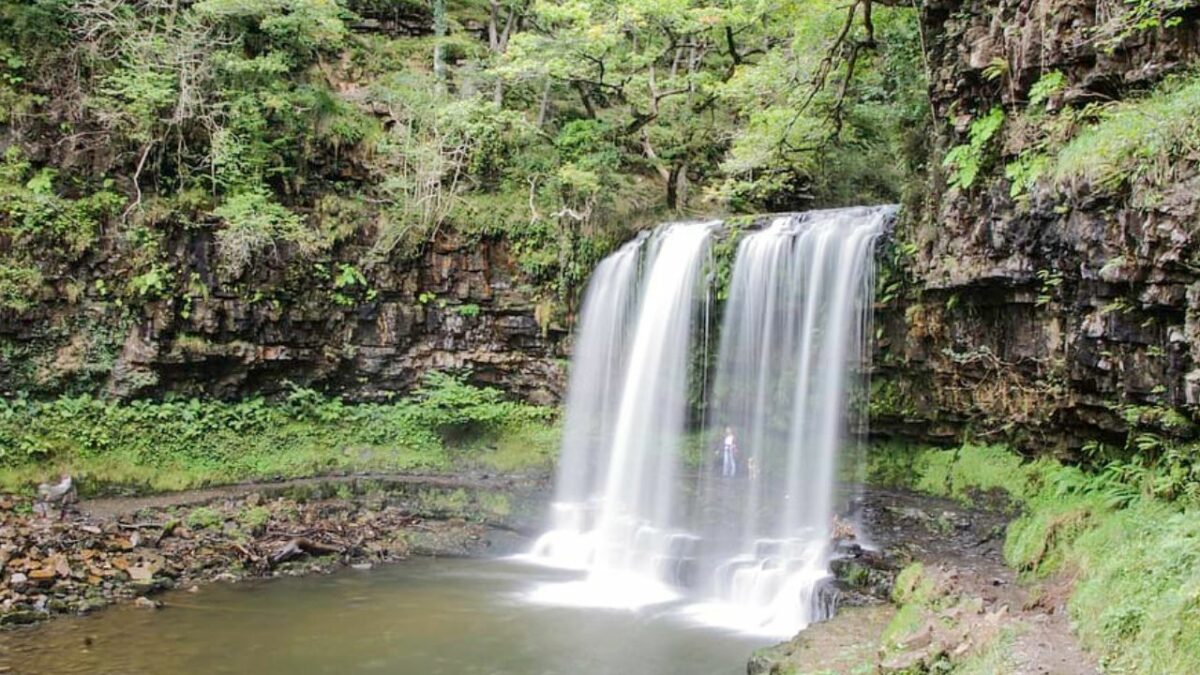
The Waterfall Forest – or Coed-y-Rhaiadr – is situated near the village of Pontneddfechan, on the south edge of the national park. Wild swimming here is among the best in all of Britain.
To get here, follow the M4 and A40 east from the town of Carmarthen and then take junction 43. Keep driving on A465 until you see a sign for the Waterfall Centre, where you’ll need to take a left. You can park your vehicle and get all the necessary information at the centre.
Before heading into the woods, I recommend packing a picnic basket or grabbing a bite at the adjacent Angel Inn – once you get to the waterfall, you’ll want to stay there forever. It takes about an hour of walking to reach Sgwd Gwladus, a cascading, mesmerising waterfall surrounded by breathtaking Welsh nature.
Once you’ve found a suitable spot, pitch the tent and enjoy your wild camping/swimming adventure. While in the area, visit the Snow Waterfall (Sgwd yr Eira) too. Water from this waterfall forms a curtain that visitors can walk behind.
Pen y Fan
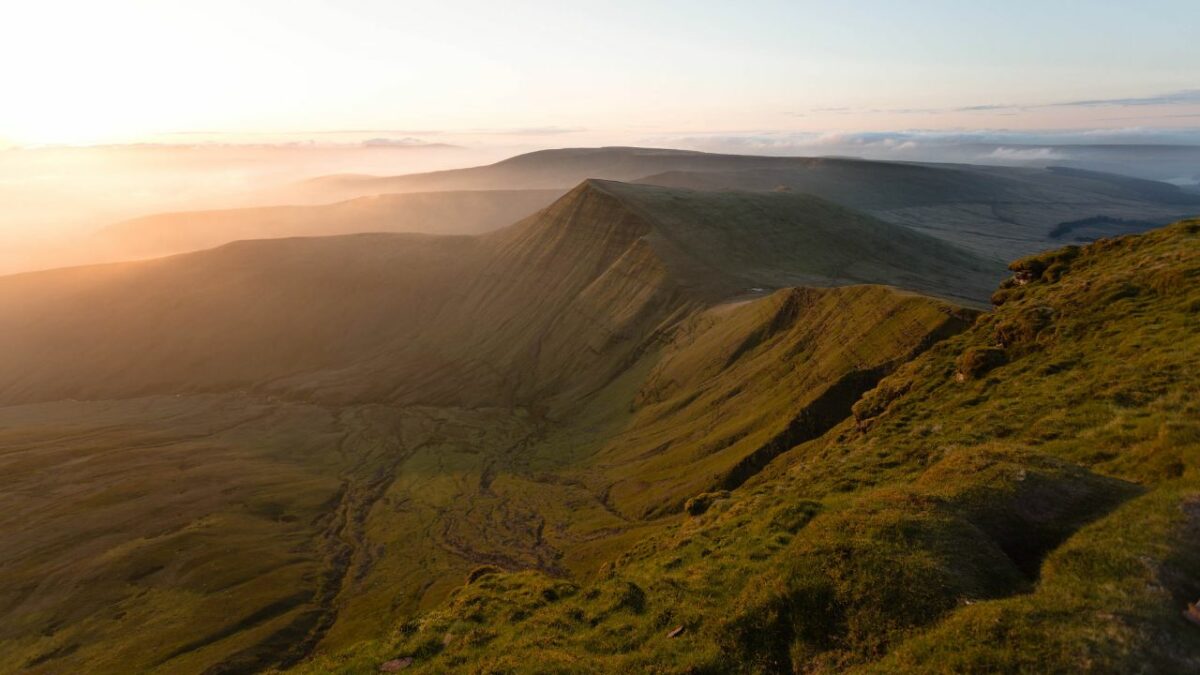
Pen y Fan is South Wales’ highest mountain (3,000 feet). It is located in the middle of the national park, less than five miles southwest of the town of Brecon (which is a fantastic place to base yourself when exploring the park).
Pen y Fan can be a challenging wild camping destination if it’s raining or hazy – you’ll be at the mercy of the weather. Pitching a tent on one of its lower slopes is your best option. Avoid the western (A470) side, as that area is often very crowded. Instead, find a well-sheltered and flat spot on either the eastern, northern, or southern approach.
As you can expect, the views from atop Pen y Fan are breathtaking. To the north, you’ll have a fantastic view of the Welsh countryside, stretching for miles all the way to the horizon. To the east are the rolling slopes and majestic peaks of Cribyn, Fan y Bîg, and Gwaun Cerrig Llwydion. The views to the west and south are just as impressive – make sure to bring your camera.
Obviously, outdoor enthusiasts can easily extend their wild camping adventure in this region by pitching at the abovementioned nearby peaks.
Grwyne Fawr Reservoir
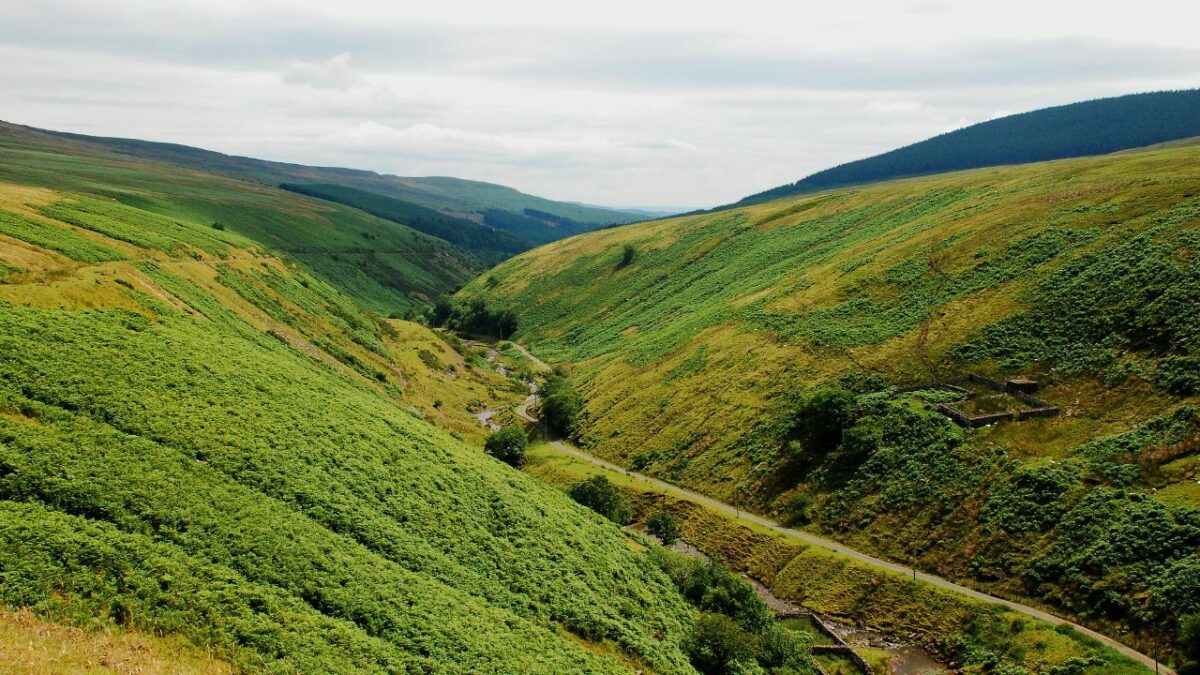
Another excellent wild camping destination in Brecon Beacons is in the northeastern section of the national park – the Grwyne Fawr Reservoir. Completed almost a century ago, the reservoir is a quaint body of water surrounded by green hills and patches of tall trees.
Here, you will have plenty of space to pitch your tent. One of the best wild camping spots is a grove of trees by the dam on the reservoir’s eastern side. Another option is to stay at the Grwyne Fawr bothy on the opposite side of the reservoir.
One of the many bothies in the UK managed by the MBA (Mountain Bothy Association), Grwyne Fawr is a former waterworks building that can house up to three people. It’s a rather modestly furnished building: expect only a wood-burning stove, some chairs, and a table. Don’t be surprised if you find it messy – when I first stayed there, I was greeted by litter: broken bottles and empty food cans were all over the room.
Still, it’s a comfortable place to spend the night – bring enough wood to get the fire going. Also, be careful when approaching the bothy: the descent from the main path is very steep. And, of course, allow yourself some time to relax outside the hut and watch the ponies grazing on the hills and water cascading across the rocks just below the bothy.
Rhos Dhirion (Black Mountains)

Often confused with the Black Mountain – which is on the other side of Brecon Beacons – the Black Mountains are a group of hills located next to Wales – England border. They are separated from the rest of the park’s mountain ranges by the River Usk and are a fantastic place for wild camping.
Most ridges are covered in heather or grass, and there are usually plenty of flat areas to set up camp. That said, some particularly enjoyable spots include Gospel Pass, Hay Bluff, Black Hill, and Rhos Dhirion, the last one being my favourite.
Apart from the lack of crowds, one of the best things about this spot is its topography, which gives it a great sense of isolation. The climb to Rhos Dhirion is relatively easy, as is setting up a tent on one of its flat summits. Additionally, the slopes provide a habitat for upland birds such as golden plover and red grouse and unique plants such as liverworts, whitebeams and various lichens.
One thing worth mentioning is that the Grwyne Fawr Reservoir, which I’ve described above, is situated in the Black Mountains and is another of its excellent wild camping spots. In fact, it is located only two miles south of Rhos Dhirion. You could easily spend a night at each place I’ve mentioned in one grand Black Mountains wild camping adventure.
Llyn y Fan Fach (Black Mountain)
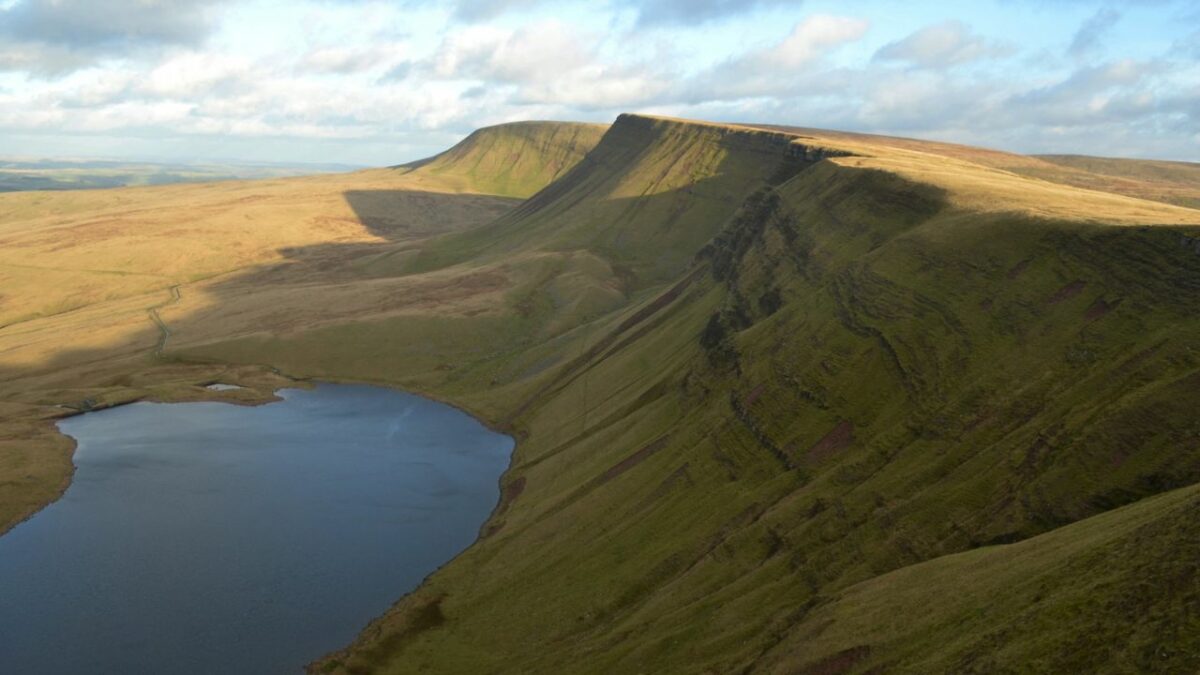
A fair share of beautiful mountain lakes can be found in the Brecon Beacons. However, one of these lakes surpasses all the others in terms of sheer beauty – Llyn y Fan Fach. The lake is approximately 25 acres in size, sitting at an altitude of above 1,500 feet on the northern margin of the Black Mountain (not to be confused with the Black Mountains mentioned above).
Park your vehicle in the small village of Llanddeusant and follow the Afon Sawdda river up the gentle gravel road until you reach the lake. This is a popular hiking route, so you’ll see many people along the way. Once you’re at the lake, admire it in all its glory until the sun goes down, after which you’ll be safe to set up camp.
Although it feels a world away from civilisation, Llyn y Fan Fach is actually one of those places where you can’t get bored. While deep and cold, the lake is entirely safe for wild swimming – make sure to take a dip. Moreover, the area around the lake is teeming with wildlife, including badgers, foxes, field voles, skylarks, ravens, carrion crows, kestrels, buzzards, and red kits. A true heaven for wildlife spotters!
There’s another beautiful mountain lake – Llyn y Fan Fawr – a mile and a half to the west. To continue your wild camping adventure there, climb the mountain above Llyn y Fan Fach and hike westwards until you reach it (the walk should take an hour at most).
How Do I Get to Brecon Beacons?
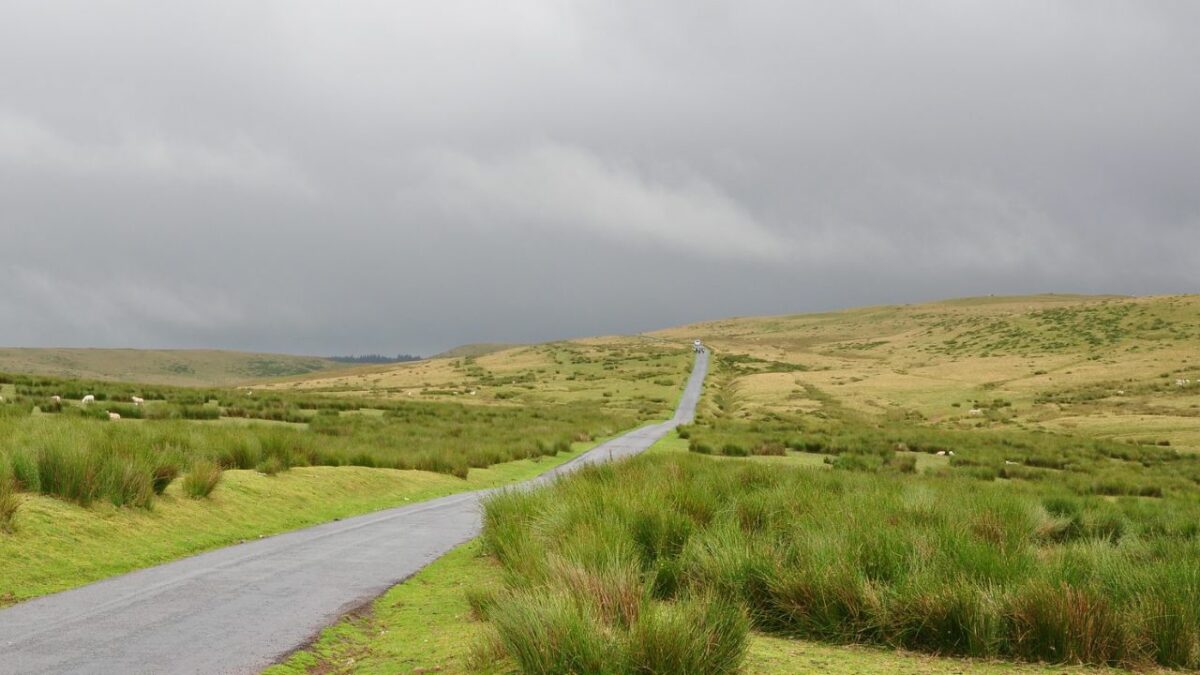
The Brecon Beacons National Park is easily accessible. The mountains are just a short bus or train ride away.
You can get there by train from these stations: Abergavenny and Pontypool (east side of the park) and Llandovery and Llandeilo (west side of the park). For fares and times, check this website.
Additionally, coaches depart from most major UK cities for Abergavenny.
Use this website to check local public transport options. Many buses serve the region, including the line that passes straight through the national park (T4, Cardiff – Newton).
If you plan to drive around, authorities recommend renting a small electric eco-car. Regarding parking, campers can leave their vehicles at many of the region’s official campsites for a fee.
Where Should I Base Myself in the Brecon Beacons?

If you don’t live nearby, you may want to use one of these places as a base before or after your wild camping adventure. Additionally, these are great spots for picking up last-minute food supplies or camping gear.
- Abergavenny – easily accessible by rail- is a large town on the eastern side of the Brecon Beacons. Consider staying at Abergavenny Hotel.
- Brecon – Located in the Usk Valley, Brecon is a bustling market town and a perfect base for exploring the national park. One of the best places to stay in Brecon is Borderers Inn.
- Hay-on-Wye – World-renowned for books and bookshops, Hay-on-Wye is a historic town at the northeasternmost tip of the national park. I recommend staying at the Swan at Hay.
Where to Next?
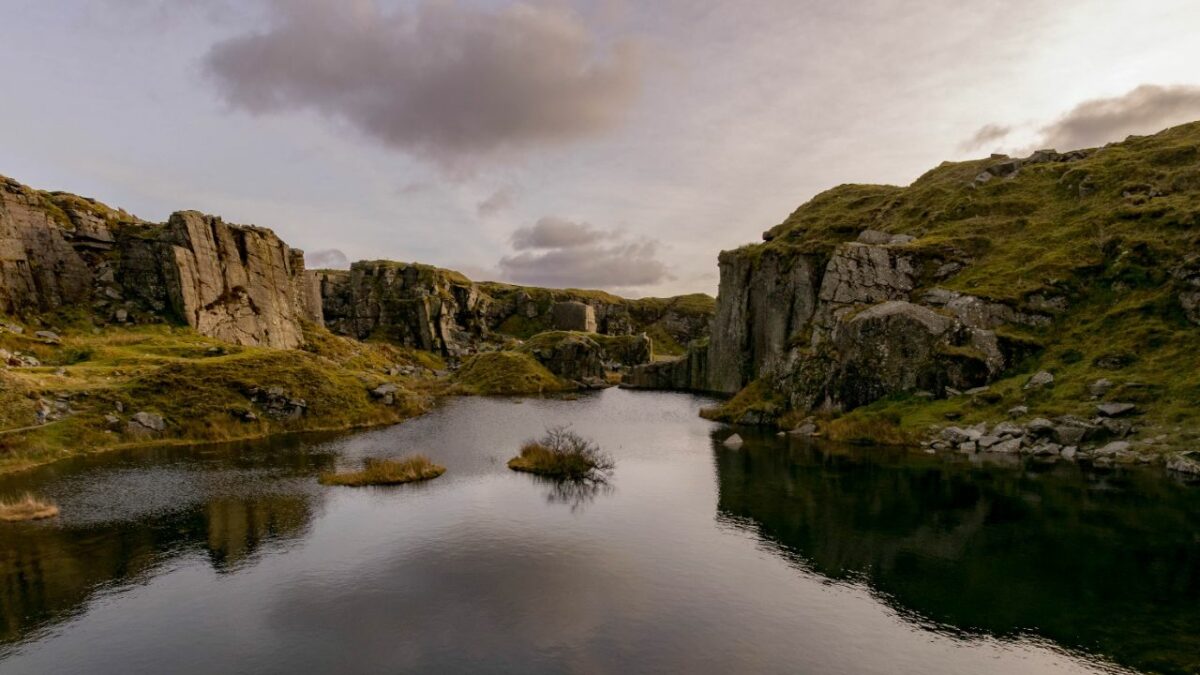
For such a small country, Wales packs a hefty punch in spectacular places to see, and the Brecon Beacons is just one of them. To learn more about all the other ones, check out my article on the best wild camping spots in Snowdonia, Wales.

I love hiking, backpacking, and camping. From the Camino de Santiago to the West Highland Way in Scotland or simply a great day hike on the weekend. Hiking refreshes me, my mind, and keeps my body reasonably fit. So far I have walked three Camino routes and many other long distance hikes in the UK, Canada, and around the rest of Europe. One of the best was my hike up Ben Nevis.
